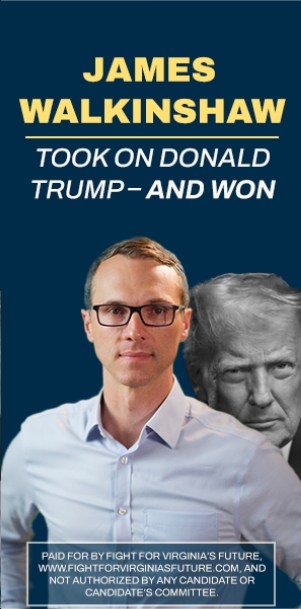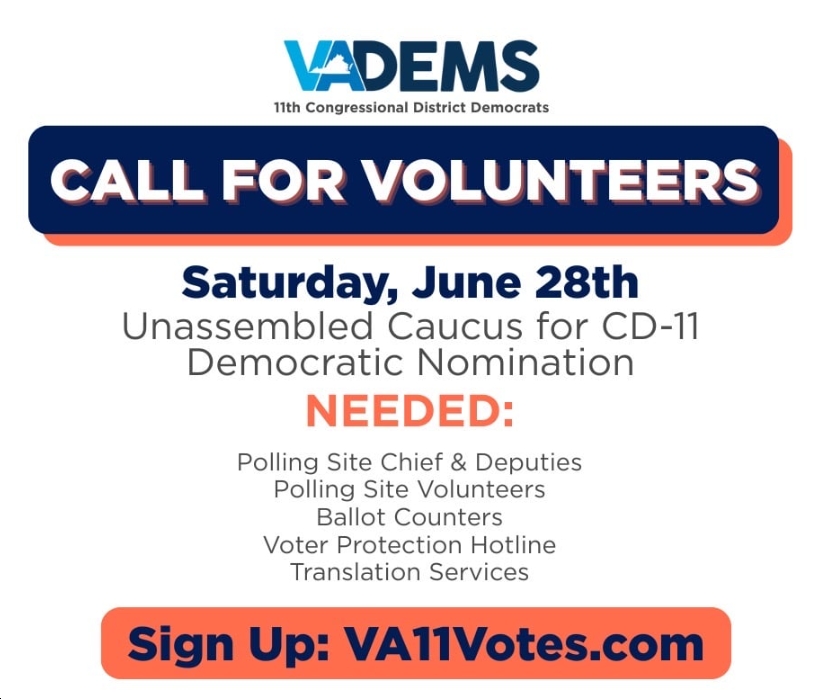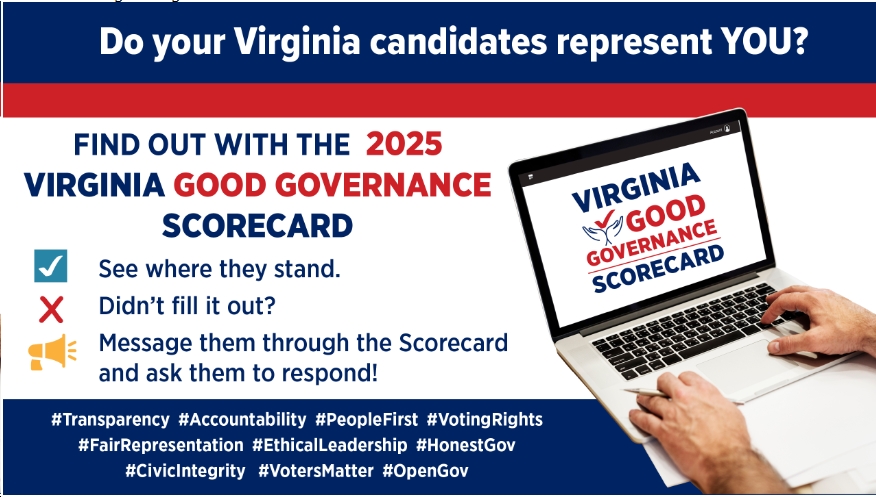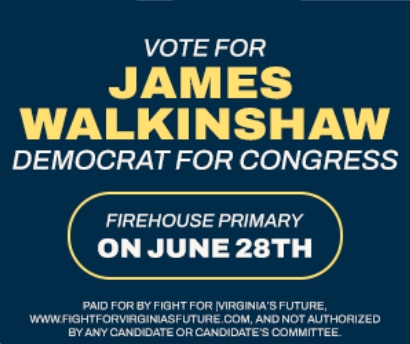Cross posted from the Checks and Balances Project. Written by Scott Peterson —
Executive Director, The Checks and Balances Project.
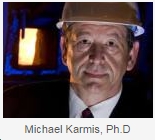 On Tuesday, I was in Richmond for Gov. McAuliffe’s unveiling of the 2014 Virginia Energy Plan. I had an opportunity to pursue questions about why Dr. Michael Karmis, Director of Virginia Tech’s Center for Coal Research, was chosen to write the critical cost-benefit analysis for Virginia’s response to the federal Clean Power Plan (CPP).
On Tuesday, I was in Richmond for Gov. McAuliffe’s unveiling of the 2014 Virginia Energy Plan. I had an opportunity to pursue questions about why Dr. Michael Karmis, Director of Virginia Tech’s Center for Coal Research, was chosen to write the critical cost-benefit analysis for Virginia’s response to the federal Clean Power Plan (CPP).
A cost-benefit analysis would normally be an obscure, bureaucratic document. But this year the Virginia legislature mandated a cost benefit analysis be included in the third annual state energy plan. How Virginia responds to the federal CPP standards is a big deal. People ask me why a coal backer was tasked with writing this foundational document that the legislature will rely upon. I typically respond, “Good question!”
As I see it, here are some important questions that need to be answered:
- Why was Dr. Karmis chosen?
- Why did Dr. Karmis choose Clean Air Markets LLC, J. E. Cichanowicz Inc., and Chmura Economics and Analytics and no firms with renewable energy experience?
- Did Dr. Karmis consult with any renewable energy experts during his execution of the cost benefit analysis?
- Did anyone on Dr. Karmis’s staff provide input on renewable energy in preparation of the analysis? If so who are they and what are their credentials?
- Why did Dr. Karmis not ask his Virginia Tech colleague and renewable energy expert Dr. Saifur Rahman for his input on renewable energy?
- Did any lobbyists recommend to Dept. of Mines, Minerals and Energy (DMME) that Dr. Karmis be hired?
- Is Dr. Karmis too conflicted to write a document the Governor and legislature will depend upon as an unbiased, informed look at how Virginia can best respond to the CPP?
On pages 94 and 95 of his cost-benefit analysis, Dr. Karmis states:
“The EPA’s proposed rules would encourage development of renewable power generation within the state. There have not been adequate studies or analysis to demonstrate the practicality of such expansion within Virginia, and few efforts are currently ongoing which can be used as positive examples of the capability of the Commonwealth to meet demand using renewable sources…. [T]he cost and applicability for Virginia must await a detailed assessment.”
But Governor McAuliffe and people in the Virginia business community are pointing out that Virginia has fallen behind other Mid-Atlantic states, which created a combined 290,000 clean energy jobs in recent years. North Carolina added, in just one year (2013), 335 MW of solar capacity-roughly 18 times Virginia’s total installed solar capacity. Most of the additions were by residents and other private investors.
| Maryland | North Carolina | New Jersey |
| Tennessee | Virginia | |
| Solar | 142 | 592 | 1,337 | N/A | 74 | 13-18* |
| Wind | 120 | 0 | 9.6 | 583 | 29 | 0 |
Installed capacity measured in megawatts (MW). One megawatt is equal to 1,000 kilowatts (kW).
*Estimated. There is so little solar in Virginia that no one really keeps track.
I spoke with Dr. Karmis by phone at his Virginia Tech office on Oct. 9th. Dr. Karmis’s center lists a large number of significant players in the coal industry as sponsors that provide “generous financial contributions.” I asked him what renewable energy expertise he had used in his work. He claimed that he had consulted with renewable energy experts while writing the analysis, but he was unable to tell me who due to a nondisclosure agreement he had signed with DMME. Dr. Karmis said that DMME’s Energy Director Al Christopher “coordinated” the analysis and asserted that if Mr. Christopher allowed him to tell me who he consulted with, then he would be “glad to tell me.” Unfortunately, however, Karmis told me that he would be away at a visit to a West Virginia coal mine until the day of the formal unveiling of the State Energy Plan and would be unable to speak to me until after then.
On Tuesday, during the plan’s unveiling in Richmond, I was able to catch up with Christopher. He asserted that Dr. Karmis had consulted with renewable energy experts that are on the coal-industry sponsored center at Virginia Tech. Christopher also stated that DMME was required to hire Dr. Karmis’s Center.
Later, I read the legislation that Christopher referred to. In Section 1A it states:
“The Division [of Mines, Minerals and Energy], in consultation with the State Corporation Commission, the Department of Environmental Quality, and the Center for Coal and Energy Research, shall prepare a comprehensive Virginia Energy Plan….”
Notice the phrase “in consultation with.” DMME was to consult with Karmis’s coal center. Some people might take that to mean getting input on drafts.
I learned more by reading the Fiscal Impact Statement that states in Section 8:
“DMME has indicated that [sic] would need to hire expert consultants with skills and knowledge not currently available in house to conduct a comprehensive analysis.”
Did Christopher take that to mean he had to hire Dr. Karmis?
The Virginia legislation required there be “(d), an analysis of… (iii) the commercial availability of technology required to comply with such regulations.” Yet Dr. Karmis’s anaylsis focuses almost entirely on coal technology, with only a short section on energy efficiency and nothing on renewable energy. The federal Clean Power Plan suggests four tools that can be used to achieve carbon pollution reduction:
- Making existing coal plants more efficient.
- Using existing gas plants more effectively.
- Increasing renewables and nuclear energy.
- Increasing end-use energy efficiency.
Going forward, as the discussion of Virginia’s compliance with the federal CPP heats up, it is important to understand more about why Dr. Karmis and his team were chosen to write the pivotal cost-benefit analysis. I have submitted two Freedom of Information Act requests; one to DMME and another to Virginia Tech. Perhaps we will learn more.
Scott Peterson
Executive Director, The Checks and Balances Project


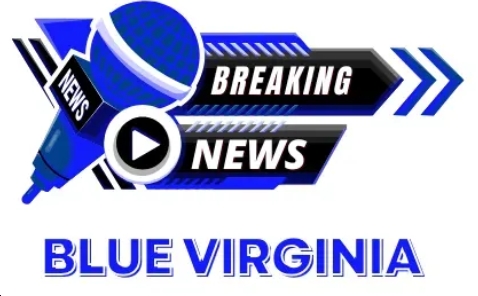 Sign up for the Blue Virginia breaking news newsletter
Sign up for the Blue Virginia breaking news newsletter
![Friday News: Trump’s “Two Weeks” Can “mean something, or nothing at all”; “ICE agents covering their faces should rattle all Americans”; “Trump Celebrates Juneteenth With Wild Rant Threatening to Cancel It”; Kaine “Definitely Wouldn’t Vote for [Noem]” Today; “Party like it’s 2018” in Virginia 2025?](https://bluevirginia.us/wp-content/uploads/2025/06/montage0620-238x178.jpg)


